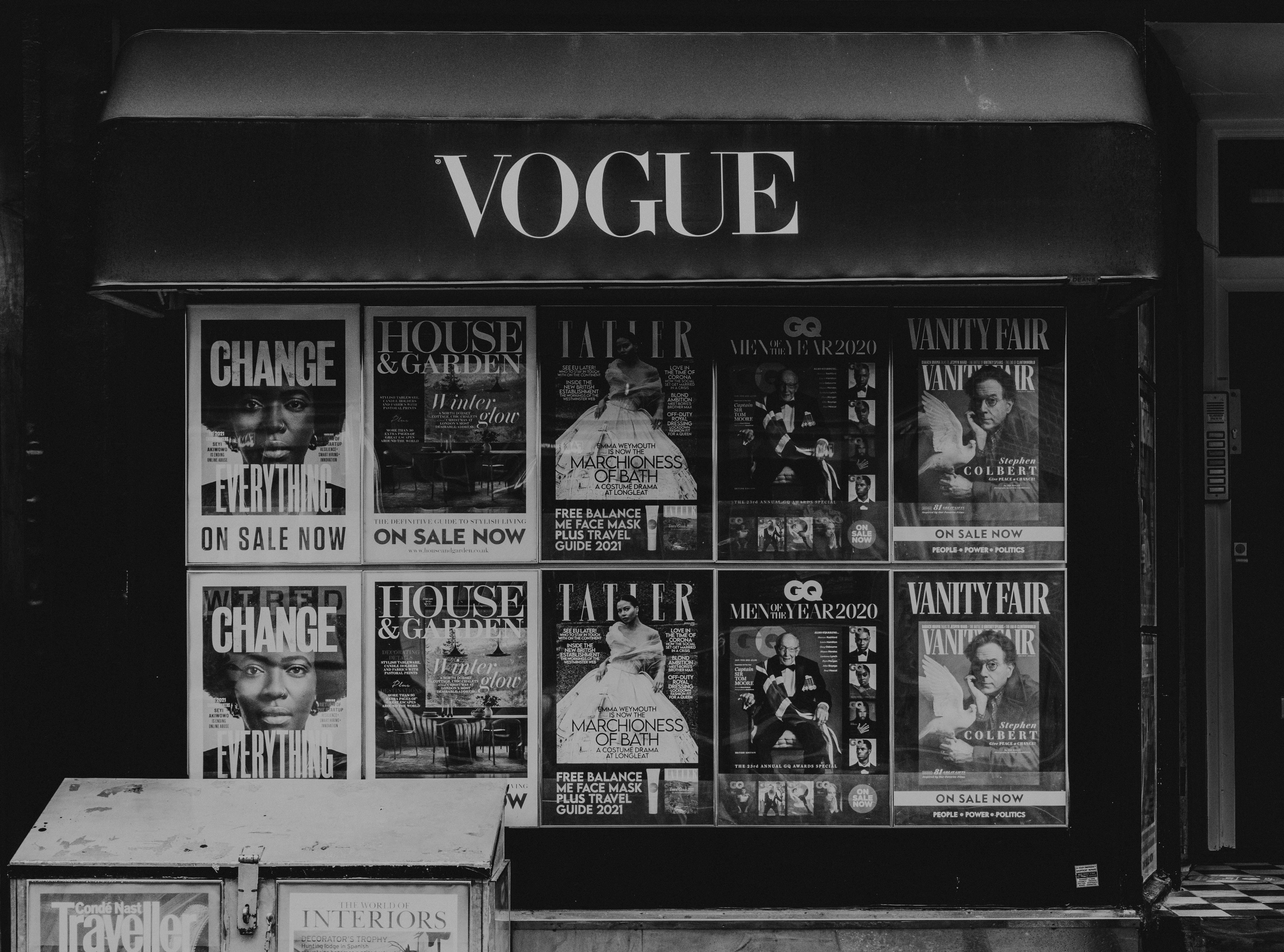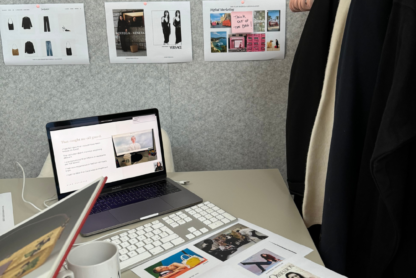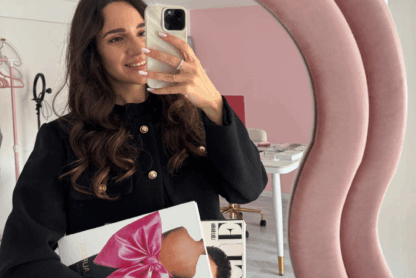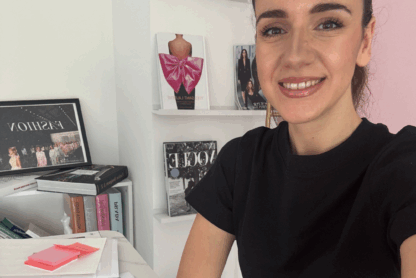Fashion writing, often immediately associated with the glamorous job at fashion magazines, is a popular option for those wanting to get into this industry. If you have decided to get into this route or are considering it, this article is made for you.
There are many things you probably haven’t considered but that are important. So today, we are going to look at fashion journalism fundamentals and 3 things you must know if you want to become a fashion writer.
Fashion Journalism Fundamentals: 3 must-knows if you want to become a fashion writer
1 . Let’s begin by saying that Fashion Writing is part of Fashion Journalism, which is often divided into Writing and Styling.
The role of the Fashion Editor is for sure the most popular one in the industry. But not everyone knows what there is behind this career. While many imagine fashion editors as those who only write articles for glossy publications such as Vogue or Elle for example, in reality, editors also often work as stylists taking care of the editorial content of the magazine (yes, styling the shootings, the images that you see on the issue every month or on the website).
Of course, fashion editors also write some articles that go with the editorial content. But for the biggest publications such as Vogue, there are fashion editors who mainly style (see the famous Grace Coddington for example) and there are writers (features editors, fashion news editors, digital fashion writers).
If you have decided you want to get into the writing world, it’s important for you to know that if you say that you’d love to become a fashion editor, styling is part of the job. How much time it will take from you will depend on whether you prefer going into styling or writing or finding a balance between the two.
2. Adapt your writing
While you should develop your unique voice as a writer, you can’t write always the same way. And if you want to pitch your articles and make sure that magazines will accept and publish them, you have to take these things below into consideration or you’ll not write great articles that suit the magazine. Yes, because it’s not just about your writing. Its also a lot about making sure that your stories reflect the magazine’s tone.
First, keep in mind that writing for print is different than writing for digital. With print, you may have longer stories. With digital publications and websites, people consume most of the news from their smartphones. This means have to be shorter, quick to read, and digestible. Furthermore, when writing for digital, you have to remember that your reader should ideally come from their Google research. So the title of the articles, as well as the content, should be SEO friendly. You’ll most likely use straightforward phrases such as “How to style a blazer.” This is something that people would Google rather than a more picturesque title that you’d instead use for a print article.
Together with the difference between online and print publications, you must also consider the publication itself, its audience, and its tone.
Writing for Vogue is not like writing for Teen Vogue. The audience is different and so is the tone of the articles. Even if we compare publications that aim at a similar audience such as Vogue and Cosmopolitan, the tone of the two is very different. So for Vogue, you might use “A timeless chic elegant piece to have in your wardrobe.” On the other hand, for Cosmopolitan you might use a title more friendly “Hi, you need this in your wardrobe Rn.” The Rn=right now, abbreviations are certainly not something you’d use for Vogue.
3. How to get into a fashion magazine?
There are mainly two options if you want to write for a fashion magazine. These are getting a job at a specific publication or becoming a freelancer. Before exploring the two options, let me tell you that it’s not necessary to have a degree in fashion or journalism to write about fashion, even to write for Vogue. Many writers have degrees in many other topics such as politics, art history, business, law, communication…
Start with internships
If you are at the beginning of your career, getting into a fashion publication means starting with internships or placement opportunities. As an intern, it’s actually very rare that you’ll write anything. You’ll spend most of your time in the magazine fashion cupboard (the wardrobe where PR clothing and accessories are organized). It will take you several internships to become an assistant and start writing something (often for the website rather than the print publication).
The second option is to start freelancing.
As a freelancer, you are not employed by the magazine but you are selling your stories to publications. The difference between working as a freelancer and interning is that if you want to write, freelancing is the option that will make your articles published quicker than going via the traditional route of being employed by a single magazine. At the beginning of your freelance career, you might write for free or get paid just a little for your articles. But you are already building your name as a writer without having to spend months or years inside the fashion cupboard to be able to publish your stories. So the freelance route is perfect for those who don’t want to pass through internships and see their stories published quicker.
Of course, being a freelance writer means that it will be your job to find your clients aka the publications that will publish your stories. You have to pitch all of your favorite websites, newspapers, blogs, magazines… and propose your article ideas. So your job depends entirely on you and your pitching abilities. If you learn how to do it correctly, freelancing often pays more than a staff role. And you have more opportunities (you can write for magazines, write for brands, write captions for social media posts…) and freedom as you can basically work from anywhere, and decide your working hours and who you want to work with.
Mix the Two
There is also the option to mix the two: interning at a fashion magazine while freelancing on the side. Depending on how many hours you’ll work at your 9-5 job that usually goes beyond the 5 and how much energy you have left during your free time to juggle both a full-time job and freelancing.
Want to learn more about fashion writing and make it your career? Enroll in The Fashion Writer Accelerator online course.









